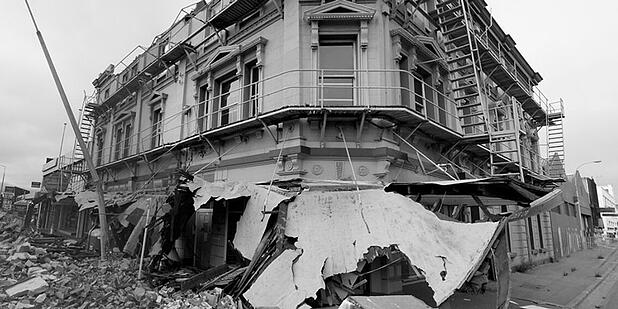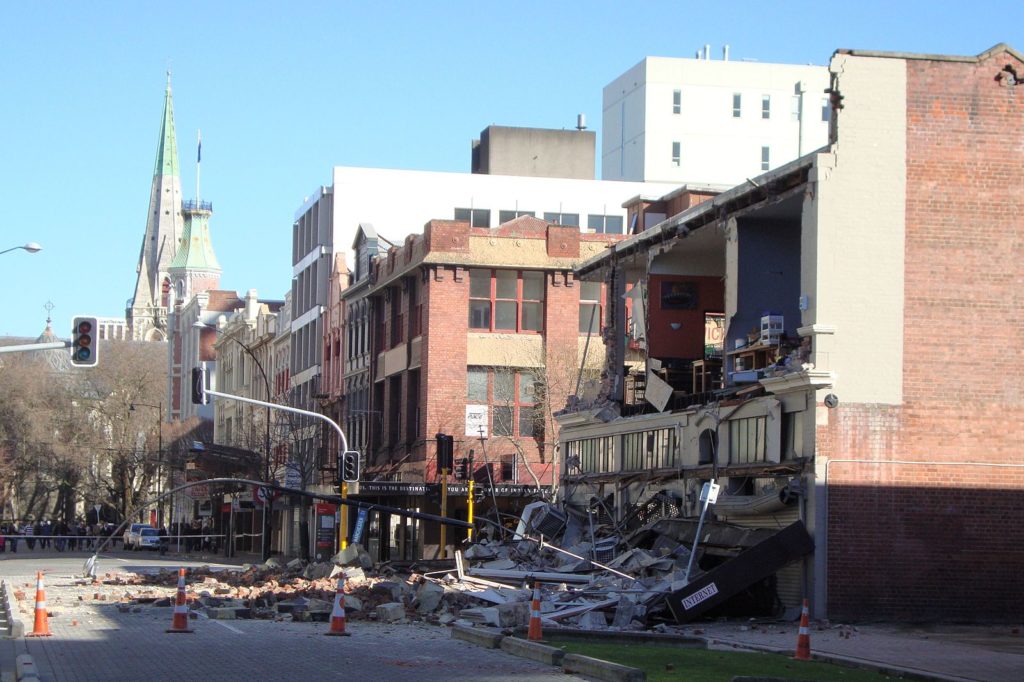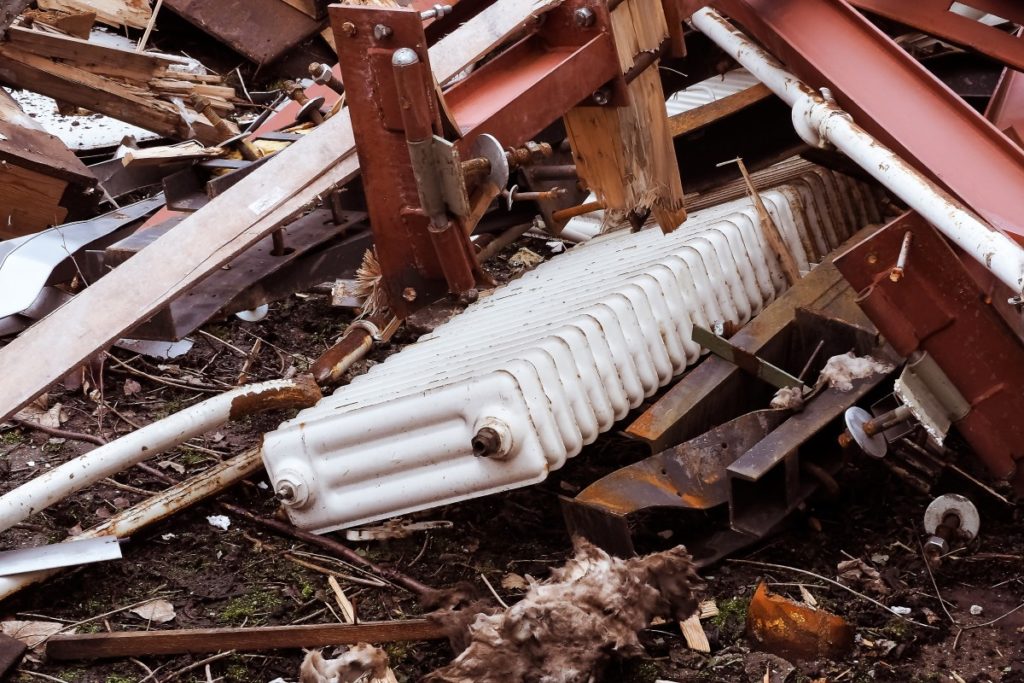Earthquake Protection: Expectations vs. Reality

The next major earthquake to strike somewhere in the Western US is imminent. This earthquake not only poses a threat to building occupant safety, but also economic recovery. While building codes and seismic design criteria have improved over the years, they still permit a significant amount of damage to buildings that can render them un-occupiable. Building owners will have to go above and beyond the requirements of the current seismic design criteria to ensure their buildings remain fully functional after the next big one. Building owners should be relieved that improved performance won’t require a significant investment, only the use of smarter building technology!
Public Expectations
When a brand-new building is built, what level of earthquake protection would you expect? If you are like most people, you might think to yourself, “Well, there have been major earthquakes in the past where many buildings were damaged, but we fixed all that now and have learned from our past mistakes. Society is so technically advanced that buildings are sure to be designed so they will not have any damage after an earthquake.” However, this is not true! Current building codes only require that a building should not collapse during a major earthquake; significant structural damage is acceptable under these standards! Even worse, building owners would then have to contemplate the costs to demolish their building before even considering the costs for constructing a new building.
Current Building Codes
Current seismic standards ensure occupant safety but allow significant damage to buildings that renders them un-occupiable. This means that a building could sustain a total loss after a major earthquake and occupants could be forced to find another residence or workplace. For example, the earthquake that occurred in Christchurch, New Zealand on February 22, 2011, where 185 people died. Beyond the devastating loss of life, the earthquake also had a major economic impact on the community with recovery costs around $40 billion and thousands losing their jobs. Although this earthquake happened on the other side of the world, it is important to study the aftermath of this earthquake because we have similar building standards here in the United States.

Photograph: Earthquake damage on Worcester Street, corner Manchester Street. Christchurch Cathedral is in the background. – Schwede66
Improving Building Codes
It is clear that improved seismic design criteria is needed if we are to have a resilient infrastructure. Recently, building project stakeholders have made progress in the movement for improved building codes. Government entities, engineering associations, insurance companies, and others have joined together to help define better seismic design criteria to ensure building performance beyond just safety, to functional recovery. In this effort, these project stakeholders have made great strides to invest in the definition of functional recovery.

It’s not just damage to major structural members that controls functional recovery. Major seismic events can lead to broken water pipes, falling ductwork and light fixtures, and other cosmetic damages. This can not only cause harm to people inside, but also the building itself. If the building has enough damage, it may no longer be functional and even deemed unusable, causing the need to be demolished. If a major earthquake was to strike a metropolitan city, you can imagine how many buildings would need repairs or even demolition.
With improved building codes and the use of advanced technologies, that consider both safety and acceptable recovery times, we can make communities more resilient. Better codes not only allow people to enter their homes and places of work immediately after the disaster but can also save on expensive recovery costs.
Building Smarter
The optimal solution for designing smarter buildings to achieve functional recovery is to use Taylor Seismic Dampers. Rather than adding more steel to a structure which would make it stiffer, Taylor Dampers allow structures to move and absorb the energy from the earthquake and dissipate into heat. For over thirty years engineers have used Taylor Dampers to improve building performance and they can be used on new construction projects, or for seismic retrofit. Unlike other seismic technologies, Taylor Dampers are designed to last the life of the building and will be ready to perform for every earthquake without needing to be replaced. To learn more about Taylor Dampers and how they work click here.

What You Can Do
- Discuss with friends and family about the truth behind building codes, expectations, and advanced technology.
- Stay informed about current building codes and seismic ordinances in your community.
- Ask questions to local government representatives about their spending on building infrastructure and consideration of building seismic performance
- Ask the building owner of your workplace if they considered using advanced technology like Taylor Seismic Dampers for improved building performance.
- Support legislation that requires improved building codes.
- Share this article with loved ones who may not be informed.
Further Reading
Building Owners Brochure
This brochure is designed to inform building owners about the benefits of using Taylor Dampers. Download and share with any of your building owners.
Check out the latest episodes of the Damp It Out! Podcast to learn even more about the world of shock and vibration control.

